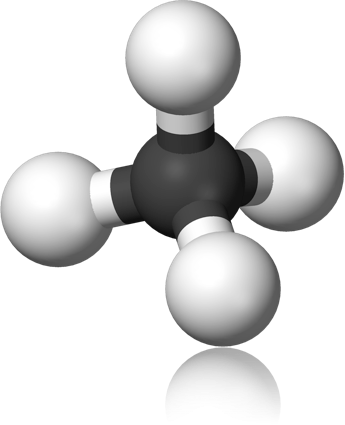 Basically, silicones have poor strength and tear and abrasion resistance, although mechanical performance can be enhanced by special compounding.
Basically, silicones have poor strength and tear and abrasion resistance, although mechanical performance can be enhanced by special compounding.
Resistance is generally good to alkalis; the chemical properties can be enhanced by special compounding to provide better resistance to oils and fuels for instance.
In general, however, silicone rubbers are not recommended for use with hydrocarbons such as petrol and paraffin, the lighter minerals or steam at high pressure as otherwise considerable swelling and softening of the elastomer can result.
The chief advantage of this type of elastomer is that it retains its flexibility down to very low temperatures, and can also withstand continuous heating at high temperatures without hardening, making it suitable for both high and low temperature seals over a broader range than that covered by the other elastomers.
A further application is for high speed seals (ex. rotary seals) where the operating temperatures may be higher than that permissible with conventional elastomers due to the friction developed, where again a silicone rubber may provide an answer.
The cost of silicone rubber is, however, substantially higher than that of the most other elastomers.
Datasheet
Working temperature:
- 60 ÷ +230 °C
Physical characteristics
- Strength: poor
- Resilience: medium
- Resistance to abrasion: poor
- Resistance to ageing/weathering: excellent
Fluid chemical resistance
- Resistant to mineral oils and greases
- Not resistant to water, acids and non-mineral automotive brake fluids


